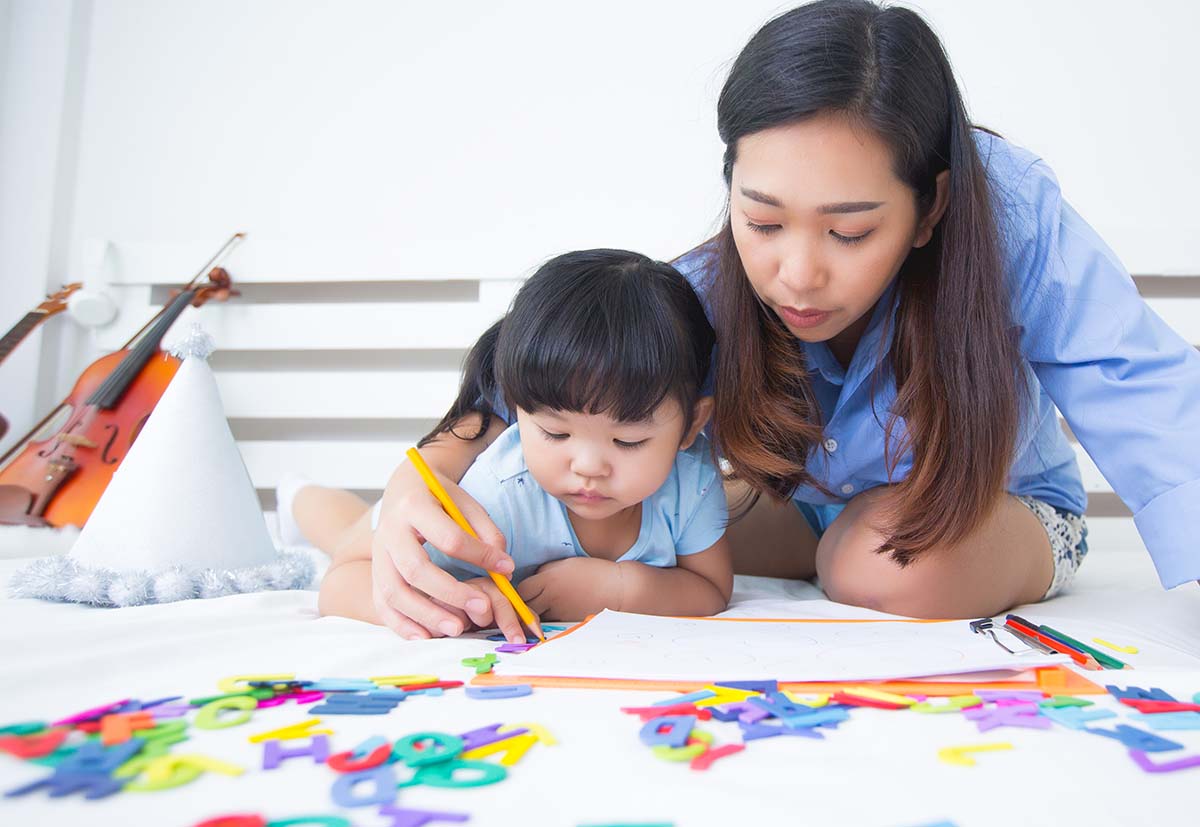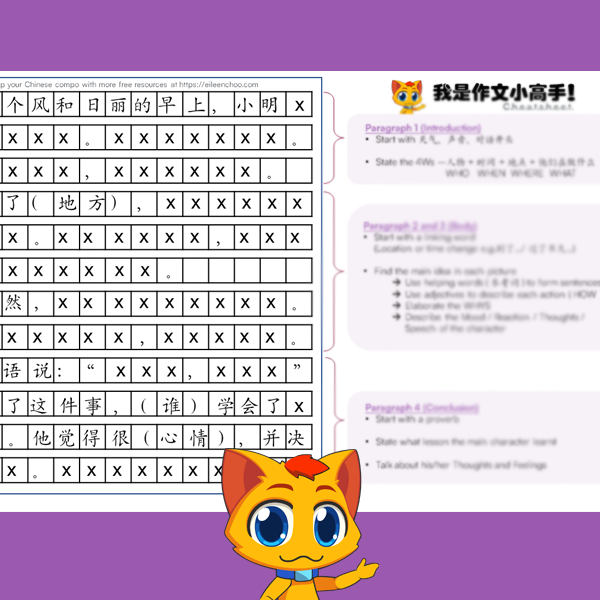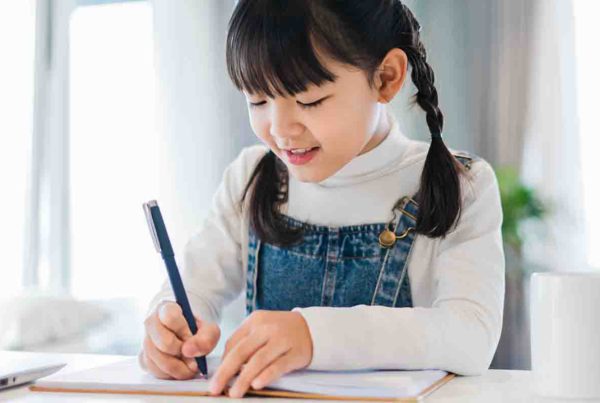
In Singapore, Primary 1 children usually start learning Chinese by learning Chinese hanyu pinyin first before how to write Chinese characters.
There’s a really important reason for this.
Hanyu pinyin are like Chinese phonics. If your child has learnt phonics in K2 or earlier, you’ll know how useful it is in helping them read new English words and learn English faster.
Hanyu pinyin works in the same way.
If you were to flip through your child’s Chinese 欢乐伙伴 huan le huo ban textbook in school, you’ll notice that every Chinese character has its han yu pin yin under it. So if your child knows how to read Chinese hanyu pinyin, they’ll be able to read the text.
Now that we know the benefits of learning hanyu pinyin, let’s talk about the challenges that some of our Singaporean children face while learning it and what we can do to help as parents.
Challenge #1 of learning hanyu pinyin: Forgetting the sound of the tone for each pinyin
There are 4 main tones when it comes to reading hanyu pinyin – a, a, a, a and a neutral tone. Co-incidentally, the letters that are used to spell each pinyin are also the same letters that we use in English.
Hence, it’s not a surprise that some kids may take a longer time to get used to switching from English to hanyu pinyin or get confused about the pronunciation of the tone along the way.
Here’s how to teach hanyu pinyin to help them!
Pairing hand gestures with pinyin tones
Kids are generally visual learners. When your P1 child learns how to read hanyu pinyin along with some hand gestures, it helps them match the tone to the sound and remember them better,
Here’s a simple Chinese rhyme that you can use:
一声往前滑,
二声往上爬,
三声下了再上来,
四声往下拍.
Once kids can visualise these tones, recall the han yu pin yin pronunciation is going to be much easier.
Challenge #2 of learning pinyin: Where to put the tone’s symbol?
Every Chinese hanyu pinyin has a few letters and it can be quite hard to tell what is the correct place to put the tone’s symbol. One common misconception is to put the tone on top of the first vowel in the pinyin. However, this is not always true.
Sometimes, you’ll see 2 vowels appearing side by side. For example, we can have pinyins like “ui” or “ei”. Does it mean that we should put the tone on top of “u” and “i” respectively?
Nope.
How do we know where to put the tone at the right pinyin position?
A simple way is to use this rhyme:
有a不放过
无a找o e
i u 并列标在后
单个韵母不用说
Memorizing this will let us know where to put the tone’s symbol straightaway.
First, we look at the vowel a. If we have that, we’ll put the tone on top.
If we don’t have it, we’ll look for the letter o or e instead and put the tone on the first letter that we find.
If we have the letters i and u together, it doesn’t matter which letter comes first. We always put the tone above the last letter.
Easy to follow?
Challenge #3 of learning hanyu pinyin: u vs ü
This is a pretty tricky one. It’s hard for a 7 year old child to differentiate u and ü when it comes to hanyu pinyin.
Although one of the ‘u’ has 2 tiny dots above it, you might not see it when the letter appears behind “j q x y”. This is a special rule that you’ll need to remember when you are learning hanyu pinyin.
Conclusion
Learning Chinese hanyu pinyin in Primary 1 is going to set a good foundation for composition writing in future.
In case you are not aware, primary school kids are allowed to use a dictionary in their compo exam in Primary 5 and their P6 PSLE year. Therefore, knowing their pinyin will help them search for the Chinese characters they need more quickly and not put them at a disadvantage.






